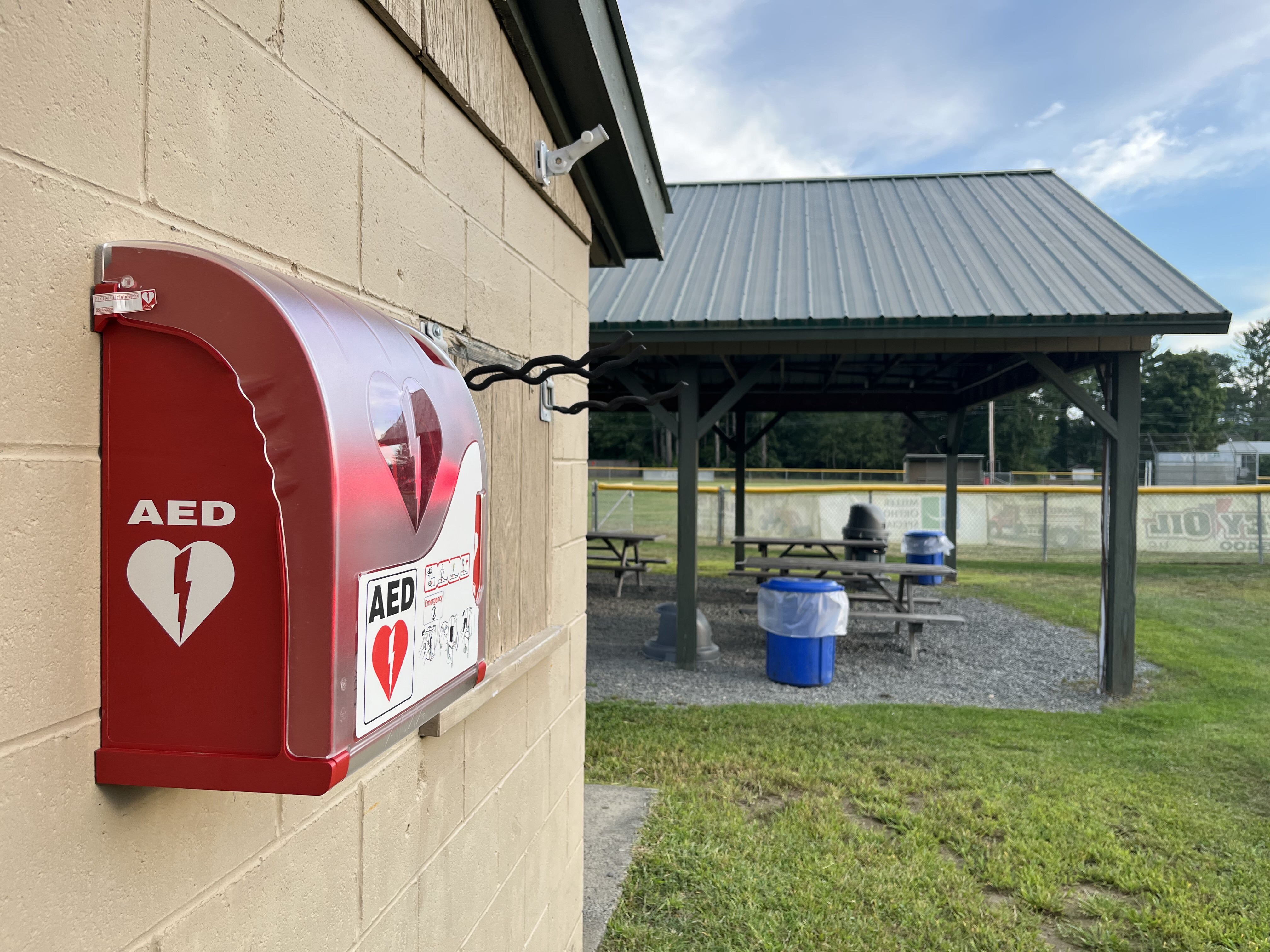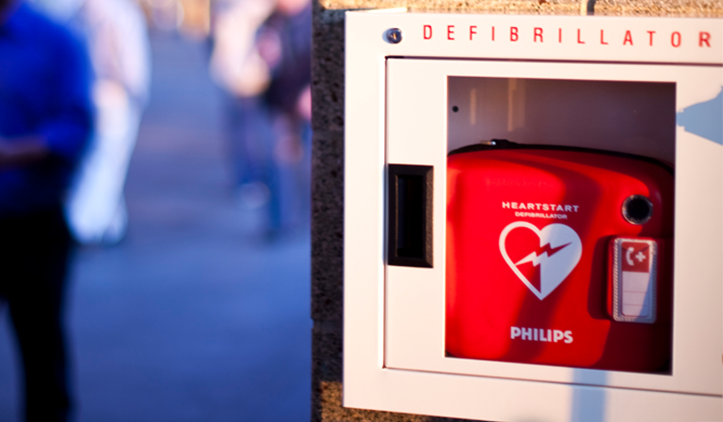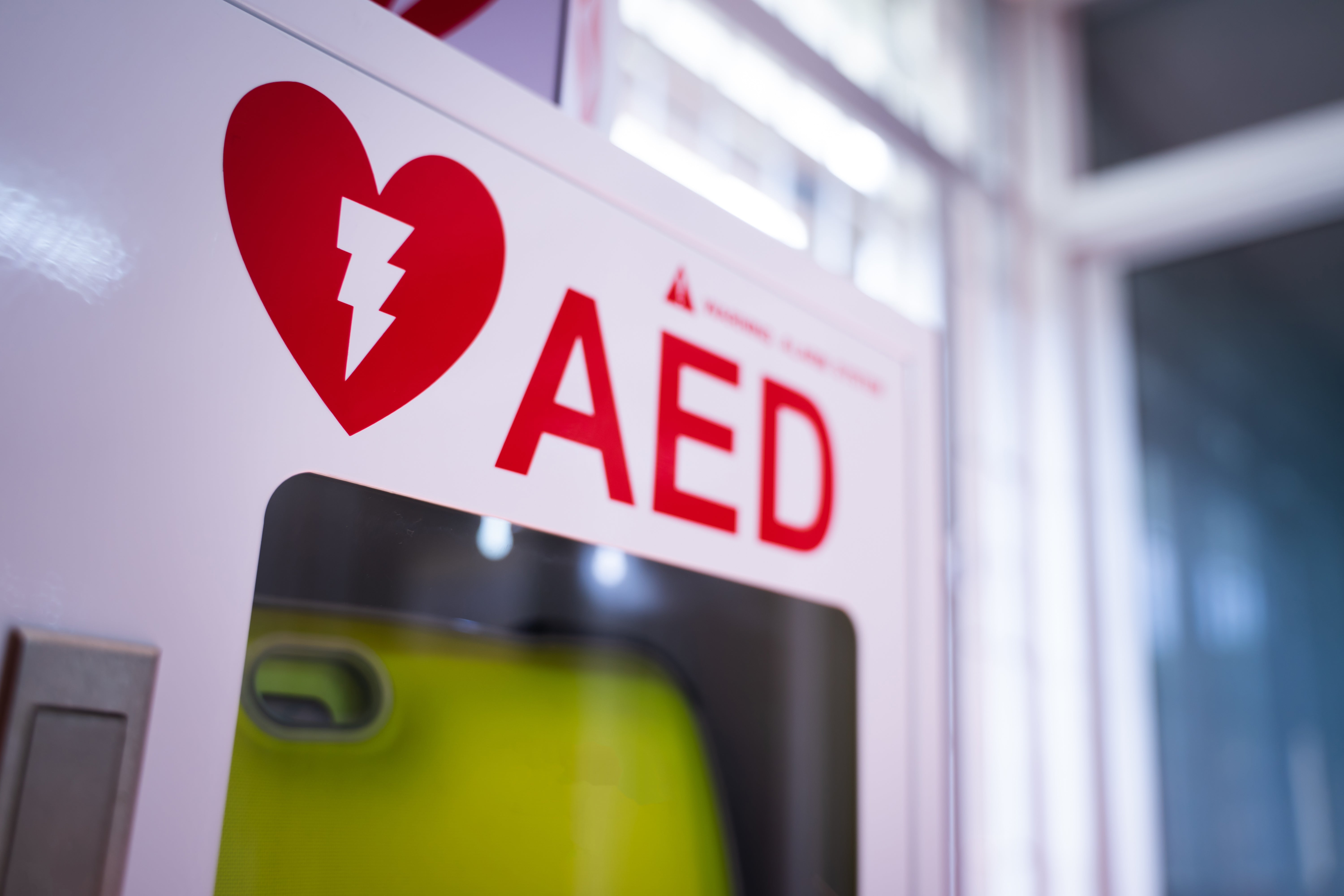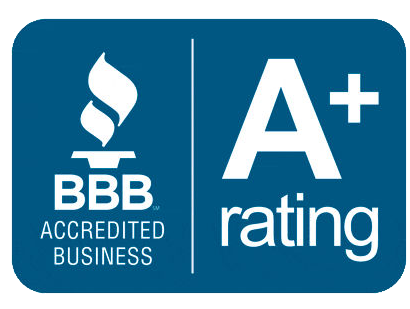Time is the most critical factor. For each minute that passes without defibrillation, the chance of survival decreases by seven to ten percent. Emergency medical services may take several minutes to arrive, especially in large or remote outdoor areas. Having an AED on-site can bridge that gap, but only if it is accessible, visible, and protected from the elements. In many cases, bystanders are the only immediate responders, and without quick access to an AED, even a rapid EMS response may not be enough. Outdoor AED cabinets play a vital role by keeping devices secure, weather-resistant, and easily located in high-risk areas such as parks, school grounds, and job sites. They protect the equipment from damage due to extreme temperatures, rain, or tampering, ensuring it remains functional and ready for use. When every second counts, this level of accessibility and reliability can make the difference between life and death, reinforcing the importance of outdoor AED access as a critical part of any public safety strategy.















